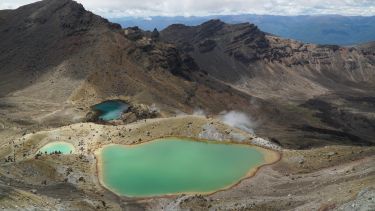Geography research
We have a strong international profile and a distinctive identity based on an interdisciplinary approach to addressing global challenges. Our breadth of geographical scholarship includes research excellence in the natural and social sciences and significant contributions to arts and humanities.

PhD research
At the cutting edge of geographical research and knowledge, at a time when our discipline is making critical contributions to environmental and societal discussions around the world.
Our dynamic academic community



